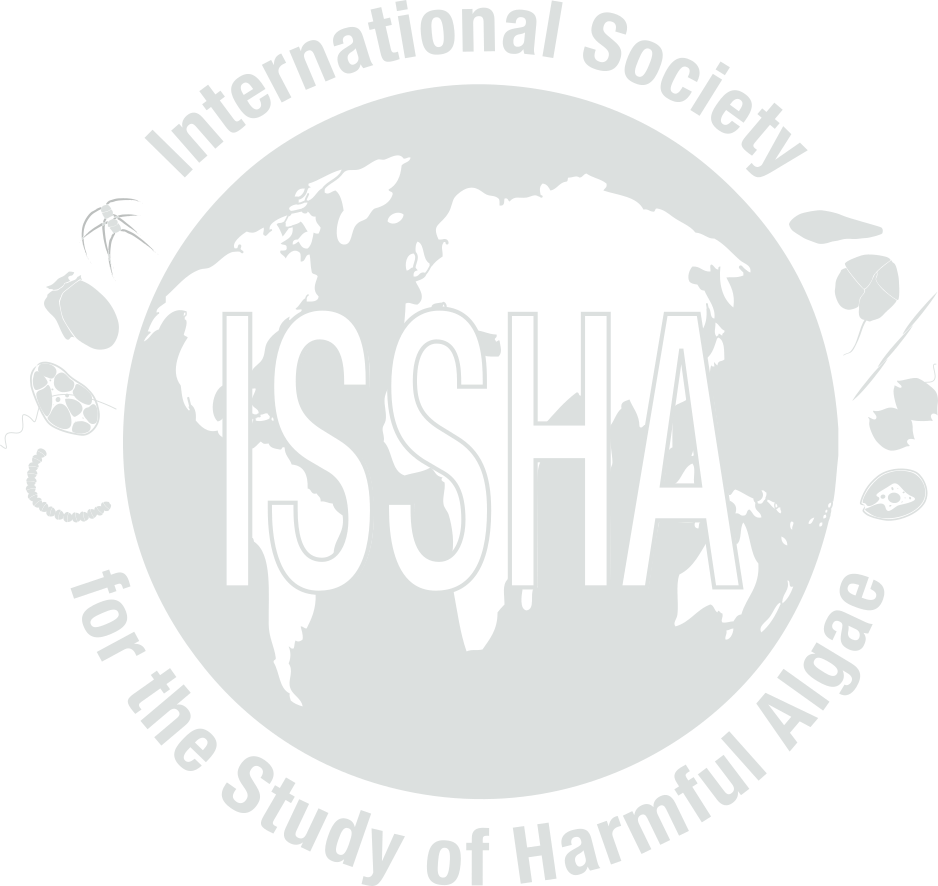|
Event name:
|
ES-89-007
|
|
Country:
|
SPAIN
|
Nature of the harmful event:
|
Seafood toxins
|
Event directly affected:
|
|
|
Toxicity detected:
|
Yes
(Approximate range: 200 µg STXeq / 100 g.)
|
|
Associated syndrome:
|
PSP
|
|
Unexplained toxicity:
|
No
|
|
Species implicated in toxin transmission (transvector):
|
|
|
Report the outcome of a monitoring programme:
|
Yes
|
|
Event occurred before in this location:
|
Yes
(PSP toxicity was found in Cerastoderma tuberculata imported from Marrocco in February 1989. More information in Bravo et al, 1990, 'First report of Gymnodinium catenatum Graham on the Spanish Meditarranean Coast')
|
|
Individuals to contact:
|
BRAVO, Isabel
,
REGUERA, Beatriz
|
|
Causative organism known:
|
No
|
|
Causative Species/Genus:
|
Gymnodinium catenatum
(3,000 cells/L)
|
|
Co-Ocurring Species/Genus:
|
|
|
Chlorophyll concentration, if known:
|
µg/l
|
|
Additional bloom information:
|
Between 7 February and 10 March, samples were collected at 0, 5 and 10 m. Gymnodinium catenatum was suggested as the PSP agent. Cells of this species were not isolated nor cultured in order to confirm their toxicity. No other species were found which have
|
|
Event-related bibliography:
|
|
|
Weather:
|
|
Turbidity (NTU):
|
|
Wind direction:
|
|
|
Stratified water:
|
No |
Oxygen content (nL/L):
|
|
Wind velocity:
|
|
|
Temperature (°C):
|
|
Oxygen saturation %:
|
|
Current Direction:
|
|
|
Sechhi disk (m):
|
|
Salinity:
|
|
Current Velocity:
|
0
|
|
|
Nutrient information:
|
|
|
Temperature Range During Event:
|
Max: °C, Min: °C
|
|
Salinity Range During Event:
|
|
|
|
Bloom location in the water column:
|
|
|
Growth:
|
|
|
Growth Comments
|
In November 1987 PSP toxins were detected in samples of Venus verucosa from the same area.
|
|
Additional Environmental information:
|
It might be possible that this species enter through the Straits of Gibraltar. Atlantic surface water flows into the Mediterratnean Sea through that straits, and high salinity Mediterranean waters flows into the Atlantic below it. Thus, this area is an im
|



